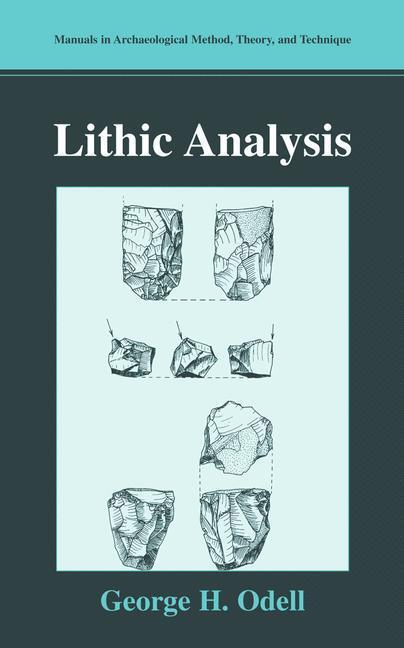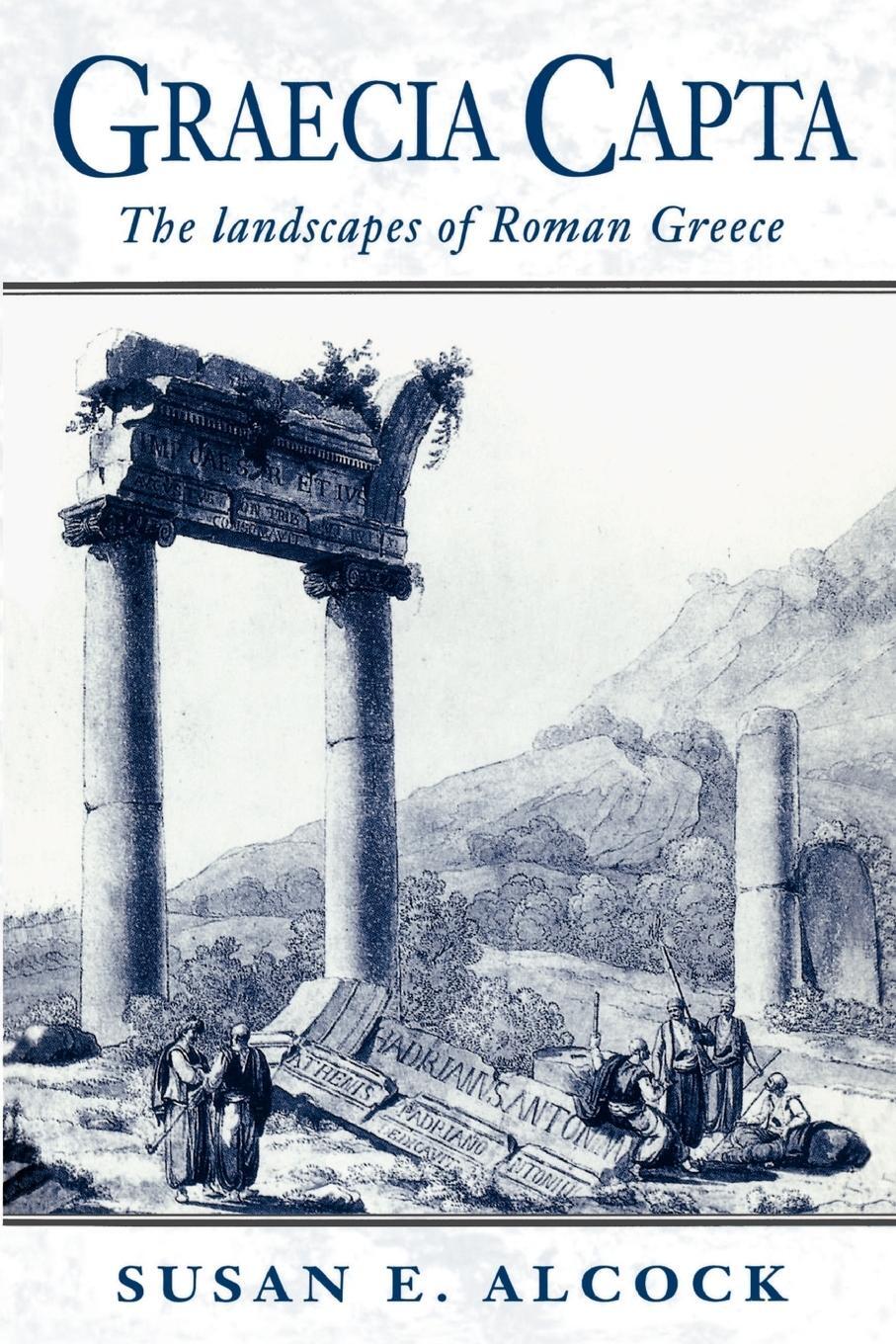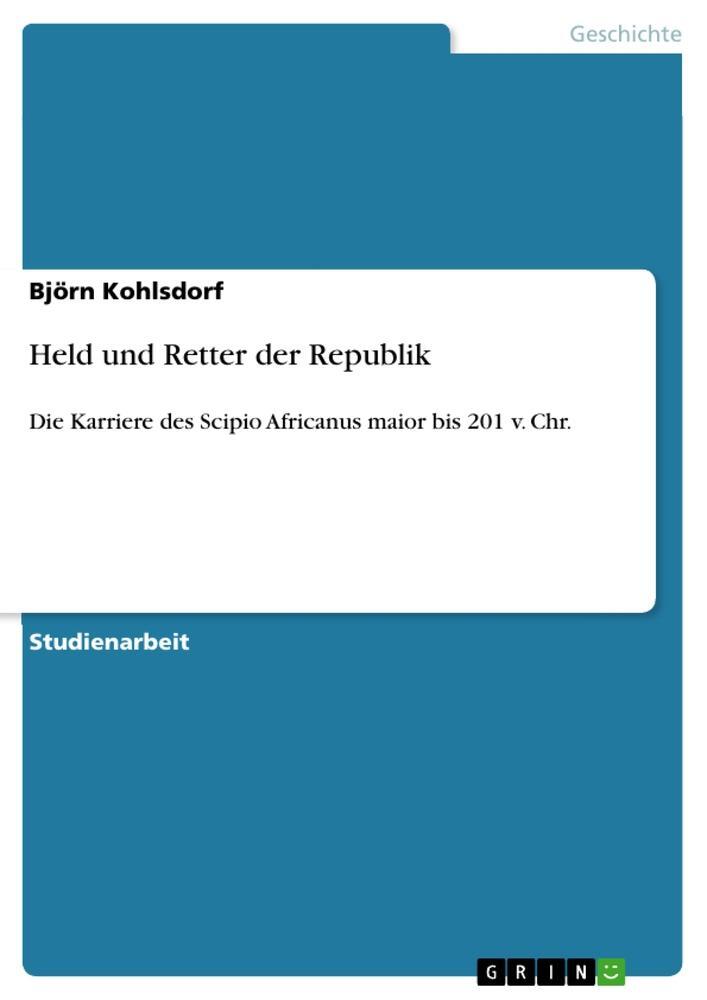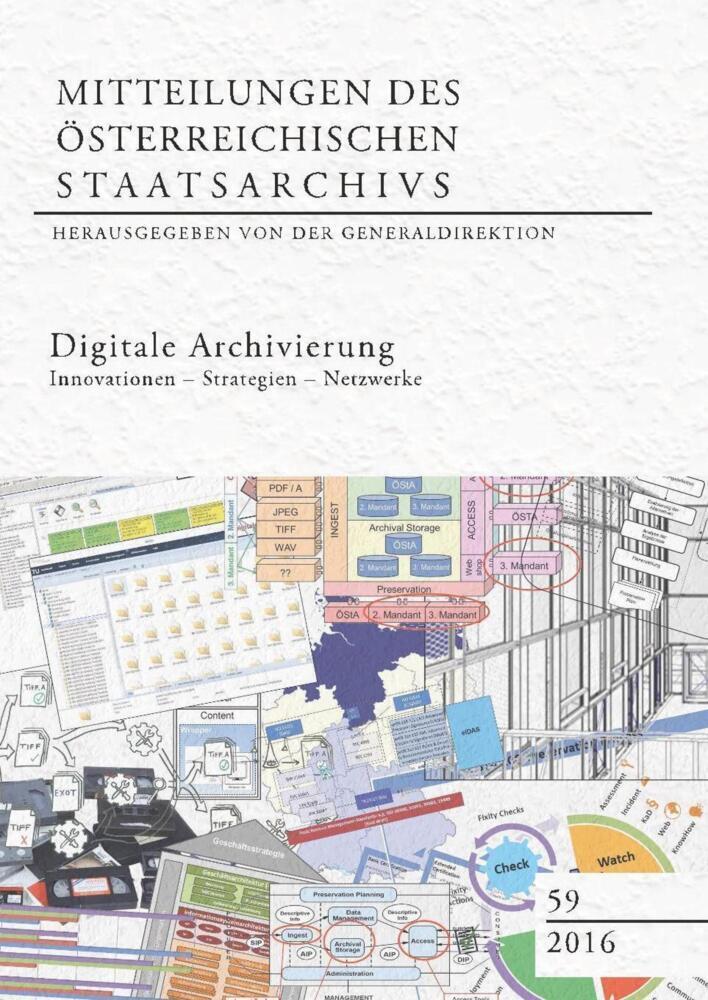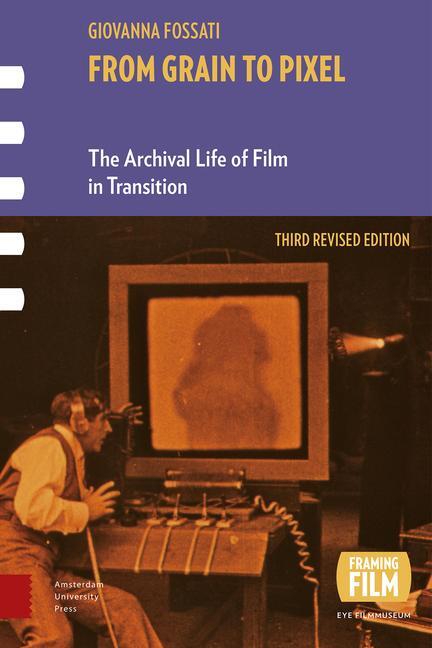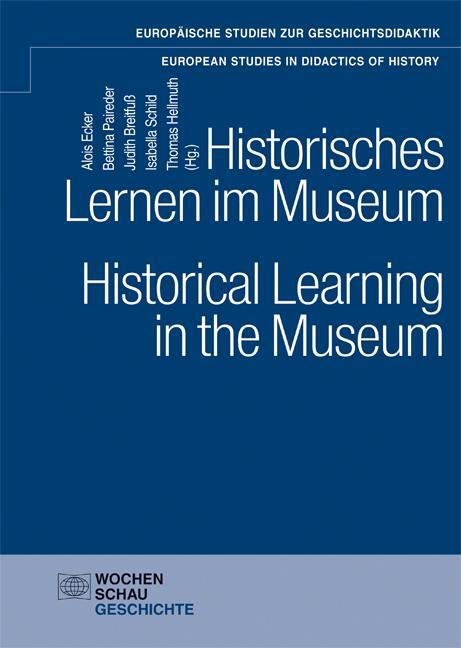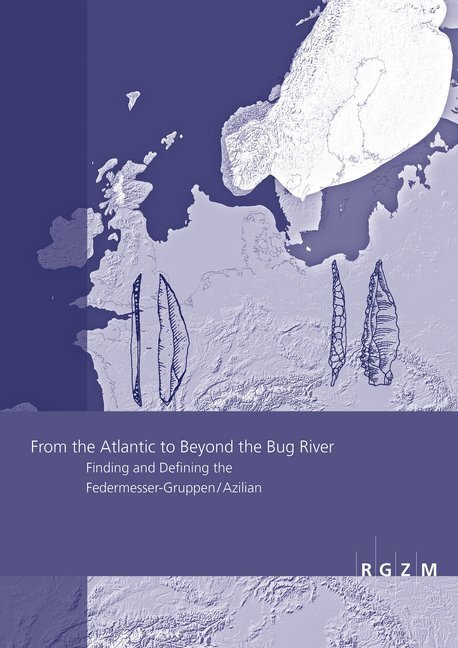43,95 €*
Versandkostenfrei per Post / DHL
Lieferzeit 4-7 Werktage
This book was awarded the 2005 SAA Award for Excellence in Archaeological Analysis. It is a practical volume that does not intend to replace a mentor, but acts as a readily accessible guide to the basic tools of lithic analysis. Some focuses of the manual include: history of stone tool research; procurement, manufacture and function; assemblage variability. This manual also includes text boxes, bringing basic terms and information to the attention of the researcher. The book will be an incomparable source for academic archaeologists, cultural resource and heritage management archaeologists, government heritage agencies, and upper-level undergraduate and graduate students of archaeology focused on the prehistoric period.
| Erscheinungsjahr: | 2003 |
|---|---|
| Genre: | Geschichte |
| Jahrhundert: | Vor- & Frühgeschichte |
| Rubrik: | Geisteswissenschaften |
| Medium: | Taschenbuch |
| Seiten: | 284 |
| Reihe: | Manuals in Archaeological Method, Theory and Technique |
| Inhalt: |
xv
262 S. |
| ISBN-13: | 9780306480683 |
| ISBN-10: | 0306480689 |
| Sprache: | Englisch |
| Herstellernummer: | 11047414 |
| Ausstattung / Beilage: | Paperback |
| Einband: | Kartoniert / Broschiert |
| Autor: | Odell, George H. |
| Auflage: | 1st ed. 2004. Corr. print. 2003 |
| Hersteller: |
Springer US
Manuals in Archaeological Method, Theory and Technique |
| Maße: | 235 x 155 x 16 mm |
| Von/Mit: | George H. Odell |
| Erscheinungsdatum: | 31.12.2003 |
| Gewicht: | 0,435 kg |
This book was awarded the 2005 SAA Award for Excellence in Archaeological Analysis. It is a practical volume that does not intend to replace a mentor, but acts as a readily accessible guide to the basic tools of lithic analysis. Some focuses of the manual include: history of stone tool research; procurement, manufacture and function; assemblage variability. This manual also includes text boxes, bringing basic terms and information to the attention of the researcher. The book will be an incomparable source for academic archaeologists, cultural resource and heritage management archaeologists, government heritage agencies, and upper-level undergraduate and graduate students of archaeology focused on the prehistoric period.
| Erscheinungsjahr: | 2003 |
|---|---|
| Genre: | Geschichte |
| Jahrhundert: | Vor- & Frühgeschichte |
| Rubrik: | Geisteswissenschaften |
| Medium: | Taschenbuch |
| Seiten: | 284 |
| Reihe: | Manuals in Archaeological Method, Theory and Technique |
| Inhalt: |
xv
262 S. |
| ISBN-13: | 9780306480683 |
| ISBN-10: | 0306480689 |
| Sprache: | Englisch |
| Herstellernummer: | 11047414 |
| Ausstattung / Beilage: | Paperback |
| Einband: | Kartoniert / Broschiert |
| Autor: | Odell, George H. |
| Auflage: | 1st ed. 2004. Corr. print. 2003 |
| Hersteller: |
Springer US
Manuals in Archaeological Method, Theory and Technique |
| Maße: | 235 x 155 x 16 mm |
| Von/Mit: | George H. Odell |
| Erscheinungsdatum: | 31.12.2003 |
| Gewicht: | 0,435 kg |

